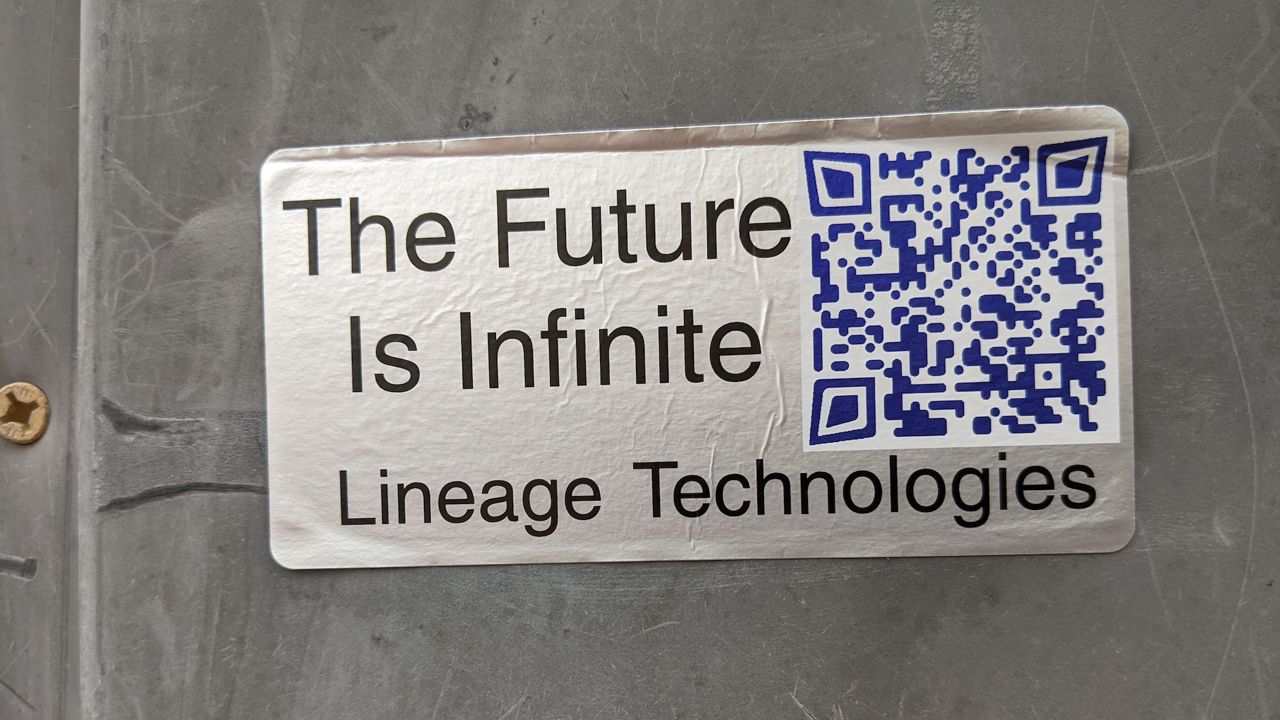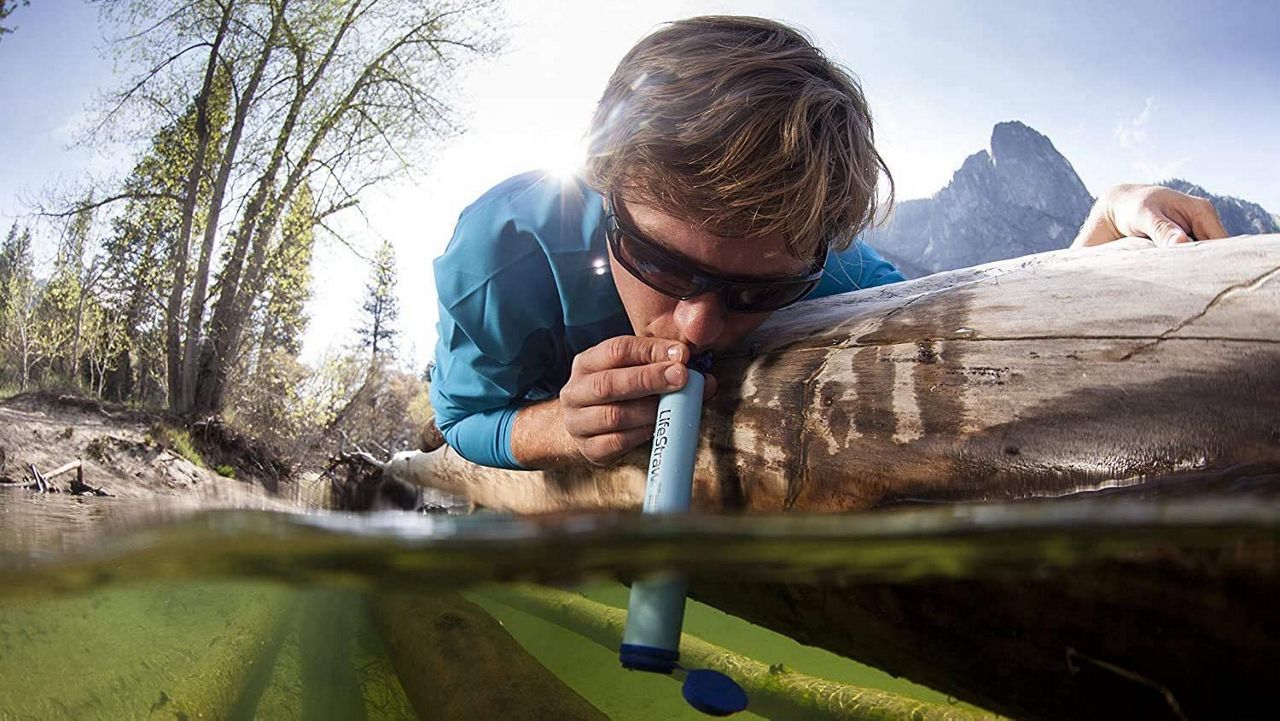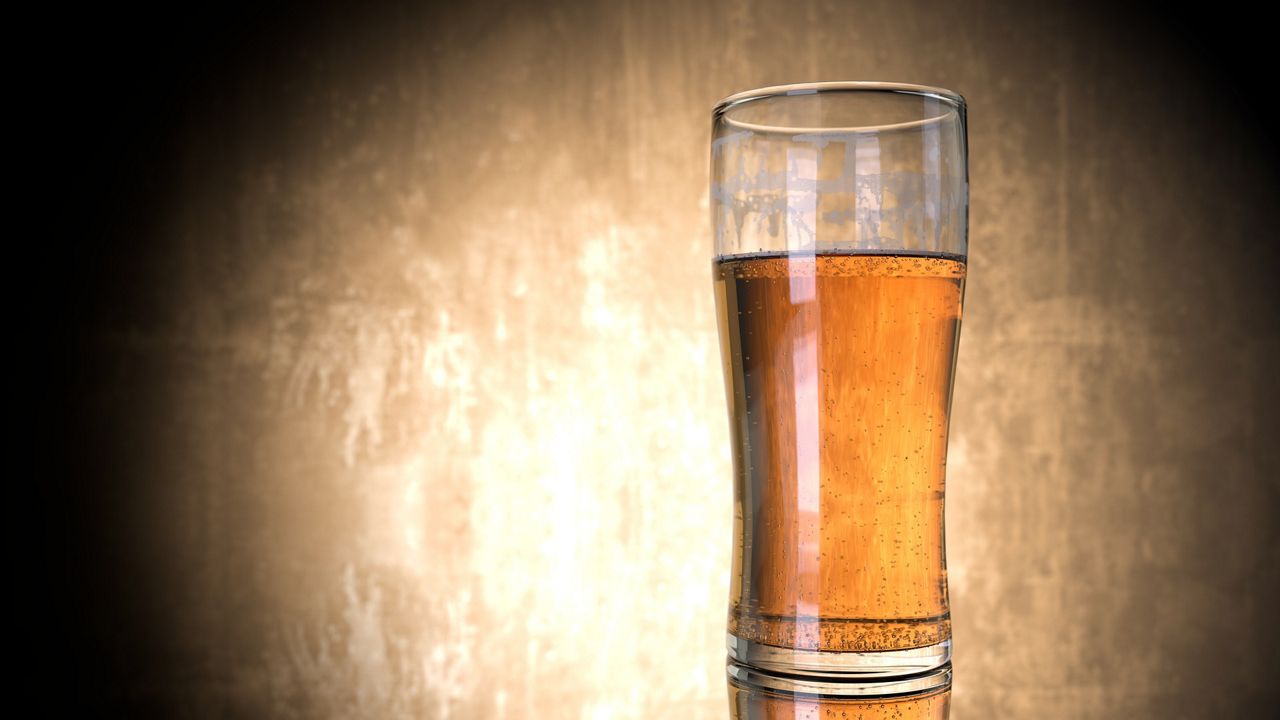ST. PETERSBURG, Fla. — If you’ve signed up for a COVID-19 vaccination, or got tested for the coronavirus at any point during the pandemic, chances are you used a QR code during the process.
QR codes are those square black-and-white graphics that look sort of like somebody redesigned the Purina checkerboard logo in The Matrix; you point your smartphone’s camera at one, and it opens a link to a web page, graphic or other bit of digital content. They’ve become a regular part of our lives during lockdown, not least of all as a convenient touchless way to share information.
What You Need To Know
- QR codes have re-emerged as a useful tool during the COVID-19 pandemic
- Companies also use them as a way to deliver extra digital information
- Common uses include website links and promotions
But they’ve actually been around since the mid-’90s, and were originally developed as a means for quickly scanning and retrieving more data than the regular, familiar retail-item barcode could store. (The “QR” stands for “quick read.”) QR codes enjoyed a brief vogue in the mid-‘00s, when companies worldwide employed them to send consumers to more info or engagement than could be included in a print advertisement or on a storefront sign—the brand’s website, for example, or a promotional giveaway.
The novelty quickly wore off the first time around, at least in America, where not everybody had the technology to read QR codes in their pockets. The first iPhone wasn’t released until June of 2007, and not all pre-iPhone cellular handsets available in the U.S. were up to the task. (Additionally, many graphic designers absolutely hated having to incorporate the blocky black-and-white squares into their work.)
Now they’re back, thanks in part to a deadly virus, and I don’t know about you, but I’ve become hyper-aware of (and possibly slightly addicted to) QR codes since my first coronavirus test more than a year ago. Recently, I decided to spend a week “clicking through” every one I noticed, just to see where they went. Spoiler alert: Day-to-day uses for QR codes haven’t changed much in a decade-and-a-half—even a giant one created in the sky over Shanghai, China by 1,500 drones last week just led to a company’s website.
Here’s where I found ‘em, and where they went.
On the table at Tampa’s New World Brewery: Two codes deliver the beloved watering hole and live music venue’s food and beverage menus. This was a fairly common use for QR codes that exploded during the pandemic, frustrating high-end food concepts nationwide that still thought having an iPad at every table was cutting-edge.
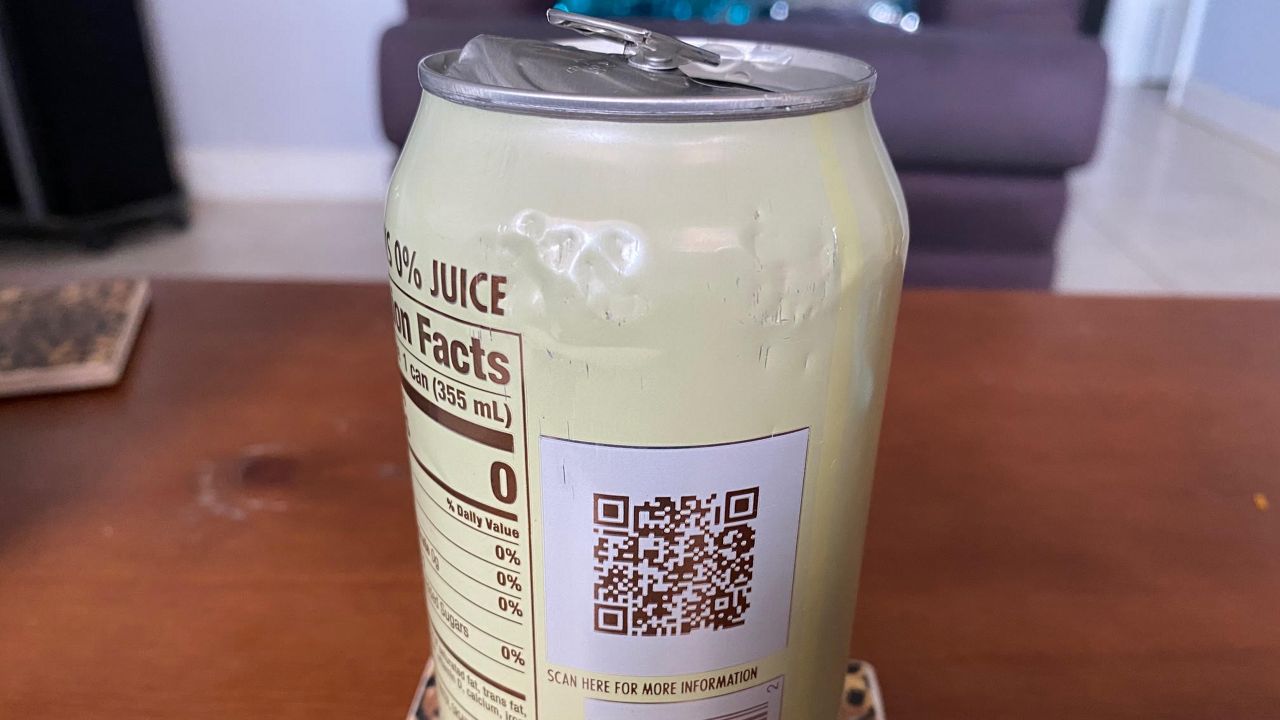
On a can of Publix’s house-brand GreenWise sparkling water: This little guy, screened into the can’s ingredient and dietary info, takes you to the product’s page on the Publix website. There wasn’t a way to automatically put it in a digital shopping cart for pick-up or delivery with a click or two, but that should be coming in, oh, about 20 minutes or so.
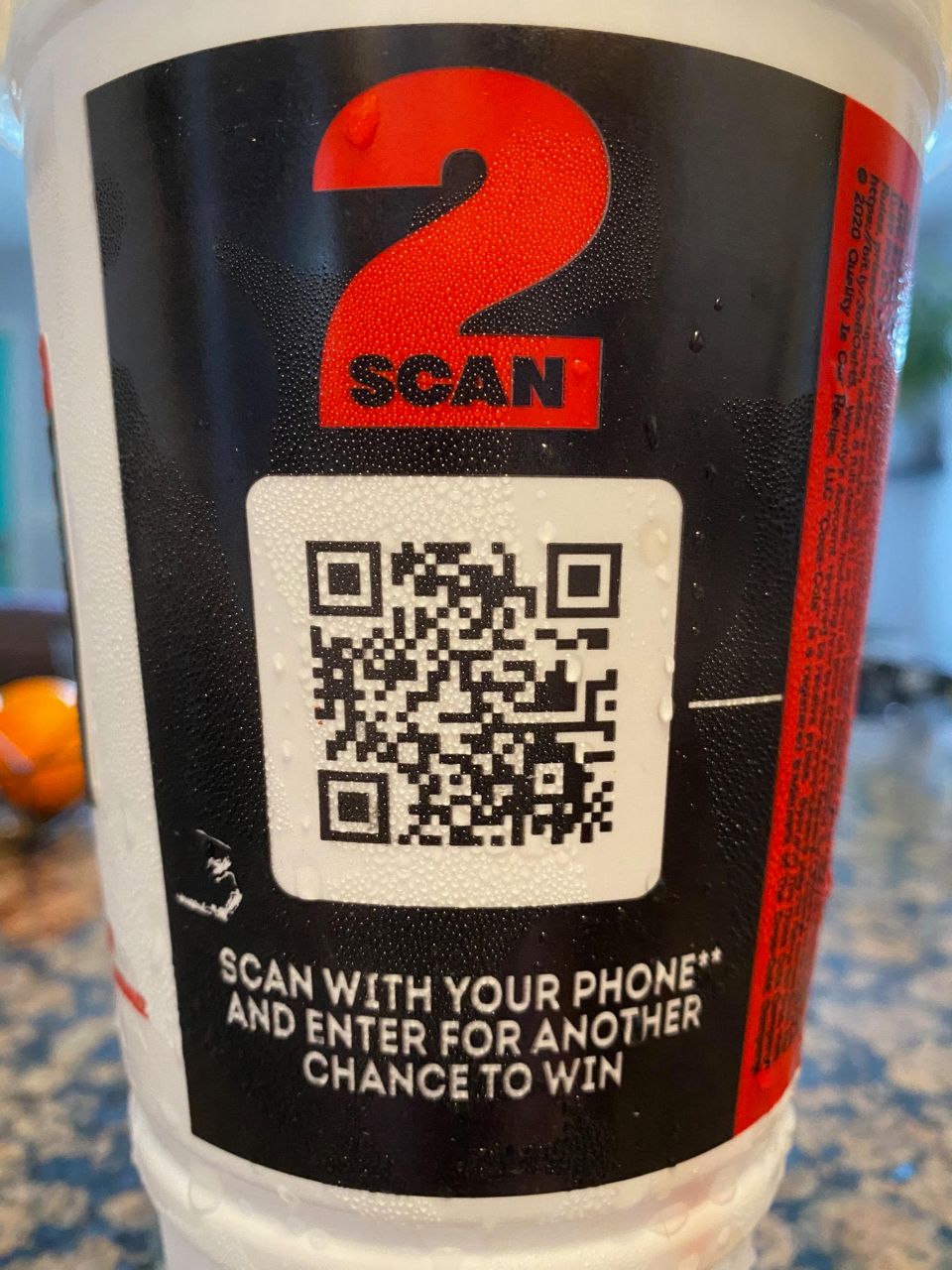
On a large Wendy’s soda cup: The fast-food giant is currently in the middle of a no-holds-barred PR blitz for its breakfast offerings; There’s a peel-off “everybody wins something”-type contest on the cup, along with a QR code that goes to a sign-up page for a bigger prize—free breakfast for a year (of course, they also want to you download their phone app for EVEN MORE GREAT DEALS).
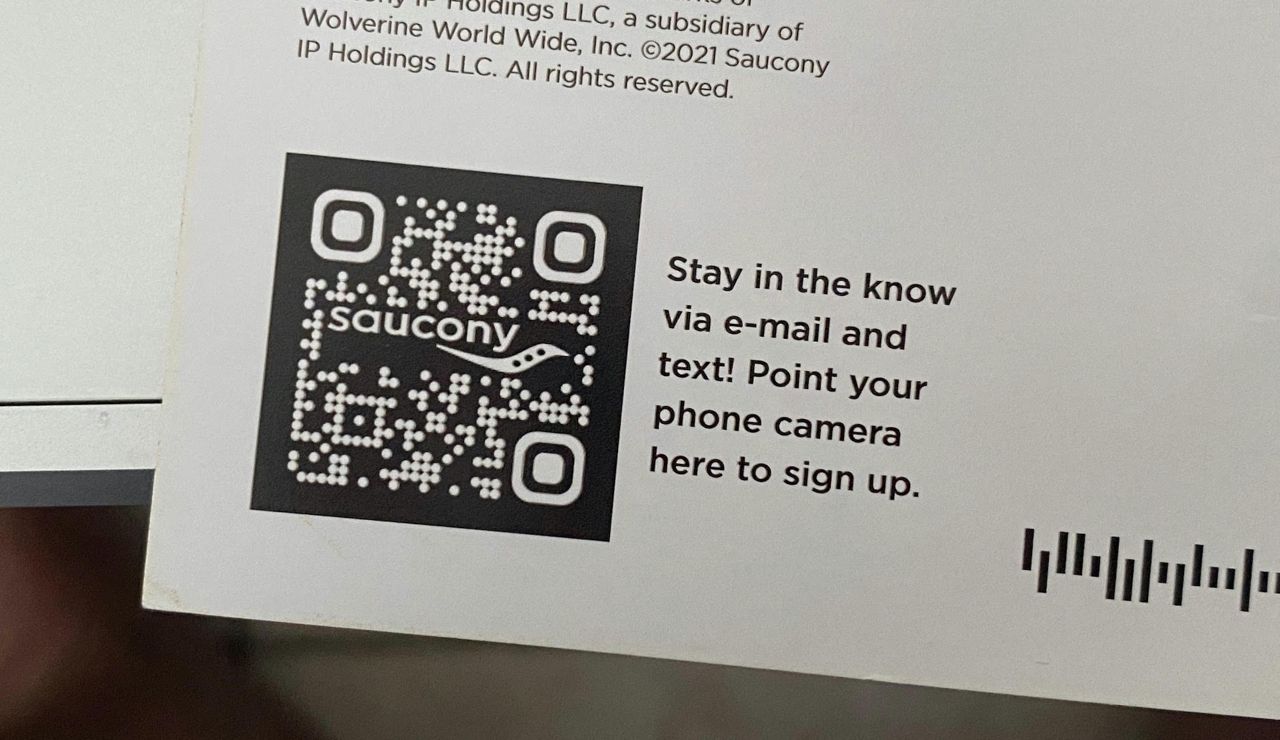
On a postcard from footwear and apparel company Saucony: If receiving unwanted offers in your physical mailbox just isn’t enough attention for you, focus your phone’s camera on this one and you can sign up to receive unwanted offers in your digital email inbox, too.
On the bar at Gulfport Brewery + Eatery: Another dual deal at another popular restaurant and craft-beer bar that lets you peruse the food and drink menus without wondering if a laminated paper list has been cleaned since the last patron touched it.
On a decal stuck to a lightpost: This one was by far my favorite, because A) I barely noticed it and B) it made for a nice balance between old- and (sort of) new-school do-it-yourself advertising. It also presented more of a mystery: How long has it been there, and what the heck is Lineage Technologies? Alas, after training my digital lens on the sticker, I’m still not 100% sure—the QR code took me to a website of no discernable age that appears to… sell T-shirts. And socks, and phone cases. That can’t be it, can it?
Welcome to the future.




